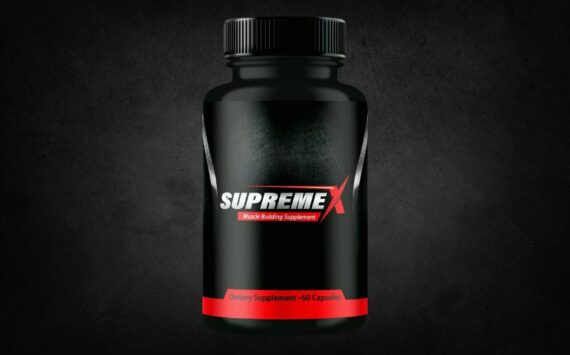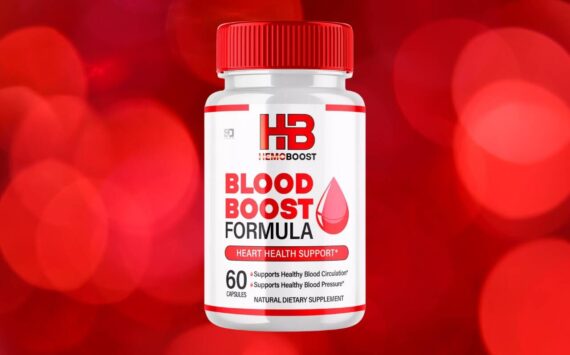This year I am celebrating your birthday by writing you this letter to tell of my own story intollerance and learning.
Since we are celebrating birth and life of Martin Luther King Jr., Jan. 15, 1923, this is my story of an incident in my life involving racism and of eventually learning to understand.
This is a real story that I have mentioned, not in much detail, to a few friends, but have not put on paper, ‘til now.
In the summer of 1953, at the age of 12, long before we had heard of Dr. King, and in a day and age when it was still acceptable and even encouraged by some to be less-than-kind to persons of different races and nationalities, a day when you would think nothing of calling others by their ethnic identity. Hey wop, hey mick, your an okie, look at the jap, chink, nigger, and not to leave myself out, the norsky-square-heads would call me (because I’m half Icelandic), a herring choker. I have never in my life choked a herring, why would anyone tease me so?
On that summer day my best friend Bob, himself an Alaskan native, and I and another friend decided to go to the Woodland Park Zoo for a day of fun and maybe mischeif. We rode our bikes and walked them up the steep 65th Street hill of Phinny Ridge to the top and then a few blocks to the Zoo. We entered the west side of the park, strolled past the pony ring where shetland pony rides cost 15 cents, then, stopping at the elephant barn to see “Wide Awake,” poop on the floor and wave his trunk in the air. We rode the bikes around the zoo stopping to climb on the huge WWII cannons and at the monkey cages, and on across the zoo where we came to the monument to the boy scouts, a cement frieze depicting life size reliefs of scouting.
Soon I decided to try to climb across the 20 ft. cement mural by grabbing a hat, an ear, a shoulder or any part of the relief that would provide a finger hold. Half way across there was another boy crossing from the opposite side. How could I finish my task if he and I would meet in the middle? So then I resorted to the words I had been taught growing up. “Get out of my way nigger.” The boy looked at me with a look that stopped me, made me feel that I had just lost something valuable, a look of hurt and of not understanding. I think he glanced at his dad and then back at me with a look that has followed me the last 53 years.
I swear that if I should come face to face with that boy now, I would recognize him instantly. And then he leapt three feet to the floor of the monument, a monument showing a group that he could not be a member of, depicting a part of the freedom that we hold so dear.
I did not finish my trek.
Years later when I was in the U.S. Air Force, I got to know African American men from all over the states and got along well with them, most of whom I became friends with.
After leaving the service several years had passed when I became an agent for an insurance company. My territory was in the central district of Seattle which is still the part of town where many black and other ethnic minority persons reside. In the intervening years I have left behind the prejudices I was taught as a child, as have most others.
My son married a woman who is half black, and I have twin grandsons who are mixed race. I have dated women of other races. I, and a lot of the world, have come a long way into a new world of tollerance and friendship.
Now my trek is not yet done. This trek will remain unfinished until that boy from my youth reads this and knows how he has followed me through life, helping me to understand, and until he forgives me for the hurt, and until he accepts my apology.
I know and believe that my face would be instantly recognized by him, for I have lived with him also. We must thank Dr. Martin Luther King, who led the way for so many of us.
And now we must keep his legacy alive.
Fred Freeman





